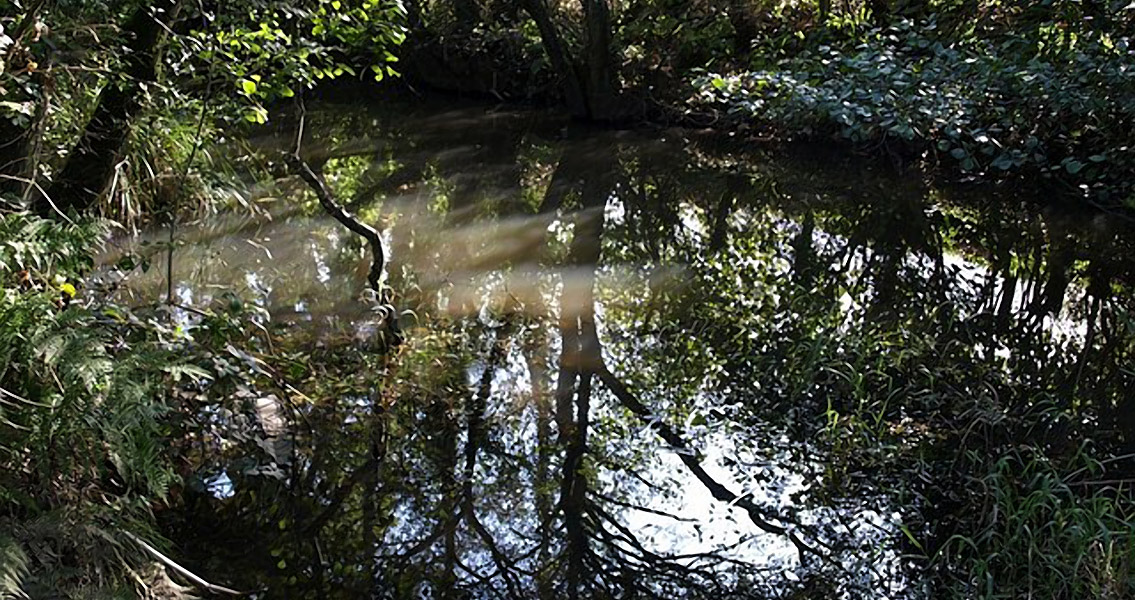<![CDATA[The remains of a canal barge and sections of a granite tramway line have been unearthed by a team working on the Stover Canal in Devon, England. The barge is the only one of its kind to be excavated in the area, and is estimated to be around 200 years old. The tramway, consisting of 80 meters of rail and several sidings off of the main route, was an especially surprising find since experts believed none of the tramway rail in the Stover Canal area had survived. The findings will hopefully provide new and unique insights as to construction methods of the time, and exactly what materials were carried on the Stover canal. Construction was started on the nearly two-mile-long Stover Canal in 1790 by James Templer. The first canal barge carried clay between Teignmouth and Teignbridge on March 4th, 1790. The canal was later extended north to Ventiford. Ball clay (used primarily for ceramic white ware) was a fast growing industry in the Bovey Basin in the late eighteenth century. Prior to the Stover Canal the clay had to be transported overland on the bad roads typical of the time. Beginning in 1820 the canal was used in conjunction with George Templer’s Granite tramway to carry granite to Ventiford from the Templer family’s quarry in Haytor Down. However, granite production dropped off beginning in 1841 and by 1858 the tramway and the quarries had closed. The 12-kilometer-long tramway is a unique and significant testament to industry at the time, because instead of a track made from traditional iron rails, the Templer tramway was constructed using rectangular granite blocks, laid end-to-end, with flanges that guided the truck wheels. Since 1951, when the channel was closed to barge traffic and maintenance was discontinued, the waterway has fallen into neglect. It’s currently owned by Network Rail and certain sections have been restored for public use such as historic trails and bicycle paths. The Stover Canal Trust works with local councils, historical organizations and other interested parties to restore and preserve the original path of the canal and what remains of the tramway. The lower portion of the barge was removed from the ground by a group of volunteers working at the Ventiford Basin section of the canal, close to Newton Abbot. The team dug out amazingly well-preserved structural timbers, planking and various pieces of ironwork. The excavation and removal project was completed on behalf of the Stover Canal Trust and supervised by their archaeologist, Dr. Phil Newman. Dr. Newman told the Exeter Express and Echo the revelation of the cargo barge was an exciting climax to the archaeological excavations which have occurred over the past three seasons. Additionally, the excavation sites are adjacent to the new Stover Trail bicycle path, which has resulted in a tremendous amount of interest from those using the path. The project is funded in part by the Mick Aston Archaeology Fund, awarded by the Council for British Archaeology. Image courtesy of Wikimedia Commons user Derek Harper ]]>
Volunteers Make Exciting Stover Canal Find in Devon
